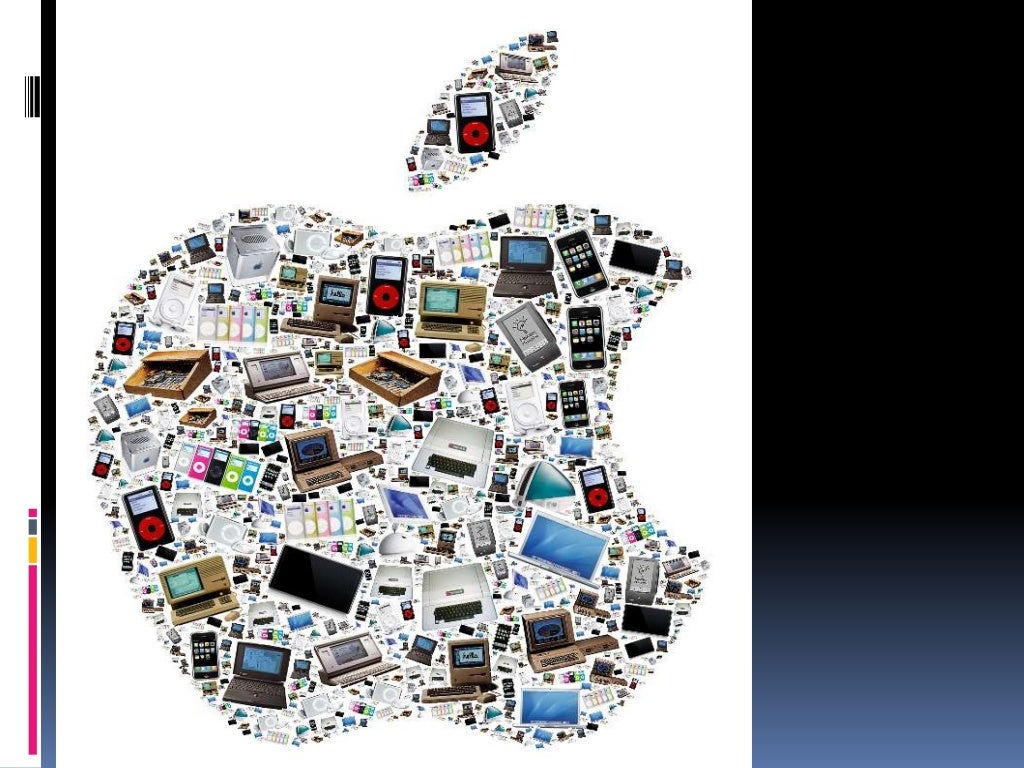


Usually, there is one type of diagram that fits best for a given dataset. During my PhD, I loved to nerd out to find the best way to present my data.
VISUALIZE AN APPLE FULL
We would need a lot of these charts to cover the full income statement table. The chart, however, does not tell us anything about the other lines in the income statement. The chart very intuitively shows how the metrics "net income" and "earnings before interest, taxes, depreciation, and amortization" (EBITDA) changed over time. Here is a grouped bar chart with two metrics from Tesla'a investor presentation: One can either have multiple charts to cover different metrics of interest - revenue, gross profit, operating profit, R&D expenditures, and so forth - or one can use a grouped bar chart to display all metrics of interest in a single diagram. But then it's intuitive and helpful: Because the length of each bar corresponds to the dollar amount, my brain can put the size of the different numbers into perspective.Īnother common choice to visualize bits of an income statement is a bar chart. Personally, I need to think for a couple of seconds to "get" the diagram. Here is a great example of a waterfall diagram from a LinkedIn post by Kamil Franek: Subsequently, one bar represents one line of the table - showing us how costs slowly eat up revenue. Its structure is similar to the income statement in table form: The very top bar shows revenue. Probably the most common visualization of an income statement is a waterfall diagram.

Typical charts to visualize an income statement Nevertheless, to most people, a good visualization is more intuitive than a table. There is nothing wrong with the typical table-form presentation.

The very bottom tells us the amount of profit (or loss) the business makes. The top row describes how much revenue is generated and subsequent rows contain different kinds of costs. Income statements are usually presented in tables. But there is a reason why in earning reports the income statement is usually presented before these other two. And the cash flow statement tells us if there is hard cash coming in. Sure, the balance shows if the business owns anything of value or if it is overloaded with debt. The income statement - some people simply call it the "P&L" - tells us how a company generates revenue, how it spends it, and whether the company makes a profit. If I'd have to pick one document to understand a business, I would pick the income statement.


 0 kommentar(er)
0 kommentar(er)
